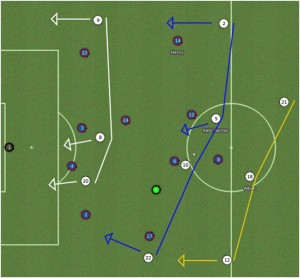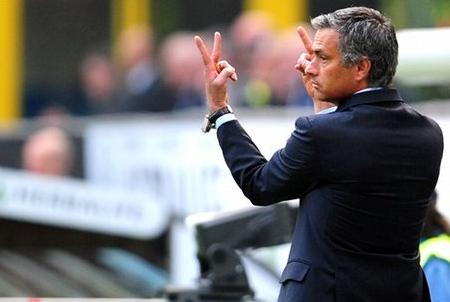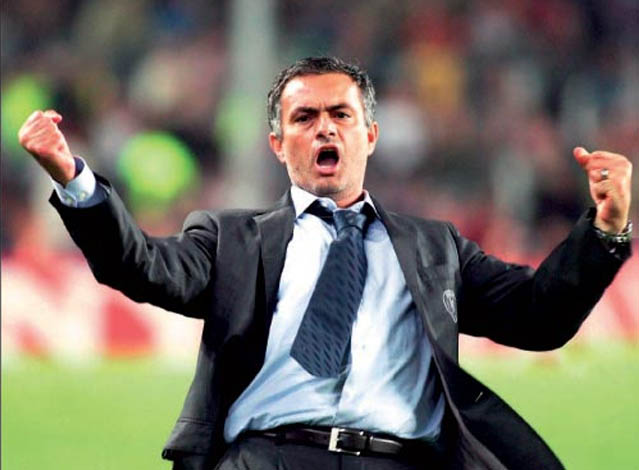-
Recent Articles
The Midfielder as Centerback
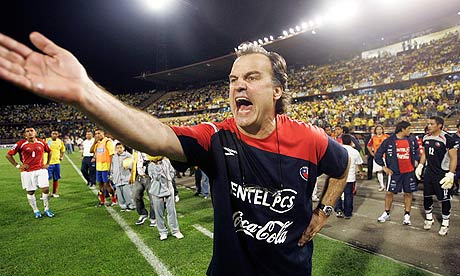 Marcelo Biesla and Josep Guardiola are both managers who play a very high line with their respective sides and who both demand that all players be technically proficient with the ball. Part of playing...
Marcelo Biesla and Josep Guardiola are both managers who play a very high line with their respective sides and who both demand that all players be technically proficient with the ball. Part of playing...Understanding the 4-4-2 Diamond
DEFENCE Despite the fact that there are four ways to play a diamond formation on FM, the differences between them are few and usually subtle. As a starting point, one thing each of them do have...3 at the back and the 4-4-2 Diamond
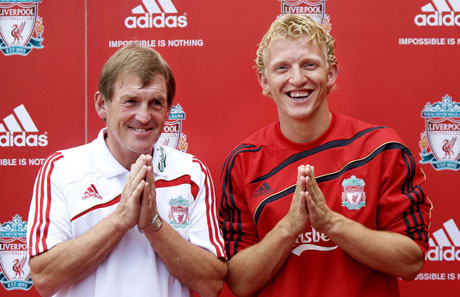 Last week Chelsea v Liverpool became the biggest tactical talking point of the season. Liverpool revived the the 3 man defence that Kenny debuted against Stoke. While with the introduction of Torres for £50m...
Last week Chelsea v Liverpool became the biggest tactical talking point of the season. Liverpool revived the the 3 man defence that Kenny debuted against Stoke. While with the introduction of Torres for £50m...How To Set Up A Back Four
 Last year, I wrote a guide about how to play a simple 4-4-2. One of the major components of that is the back four. In fact, most modern formations build upon four defenders; two full backs and two centre...
Last year, I wrote a guide about how to play a simple 4-4-2. One of the major components of that is the back four. In fact, most modern formations build upon four defenders; two full backs and two centre...Building Your Defence: Full Backs
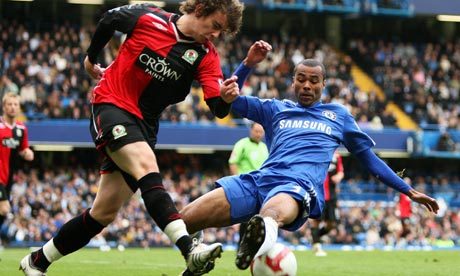 The modern full back is quickly becoming one of the most important players on the team sheet, infact even back in the days of Brian Clough, fat ed' argued that because of the space these players get in the final...
The modern full back is quickly becoming one of the most important players on the team sheet, infact even back in the days of Brian Clough, fat ed' argued that because of the space these players get in the final...
JOIN 1,179 READERS - SUBSCRIBE NOW TO OUR FOOTBALL MANAGER NEWSLETTER
Get the latest FM news & best community content delivered directly to your e-mail inbox!
How Will Jose Mourinho Manage at Real Madrid? (Part 3)
Written by: Gareth Millward
Category: Editorials
Posted on: July 1, 2010
July 1, 2010
In the previous article I discussed my Mourinho-style plan for the big games. Unfortunately, that big game came sooner than I would have initially liked – Barcelona at the Bernabéu. It did mean, however, that I could test my theories on Mourinho early on. Our third match of the season would be AC Milan at the San Siro – so, if I didn’t get it right pretty quickly it was doubtful how long this series of articles could continue!
Real Madrid CF 2-0 FC Barcelona
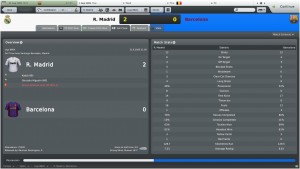
Well, first of all we won the game. As I said in the opening article, winning is more important than style. But given that I was trying to recreate the Mourinho spirit, there were a good few signs of encouragement.
First of all, let’s recap the list of expectations from the a title=”How will Jose Mourinho manage at Real Madrid part 2″ href=”http://www.fm-britain.co.uk/2010/06/22/how-will-jose-mourinho-2/”>last article:
- Our possession should be around 40%-50%
- Barcelona should primarily be taking long shots
- We should create more Clear Cut Chances (CCCs)
- We should reduce Barcelona to one goal at most
All four of these came to pass with this match. We secured 48% possession, forced Barcelona into 9 long shots (out of 13 in total), created 3 CCCs to their 0 and, most satisfying of all, kept a clean sheet. On top of this, we ran less distance (which I hope was down to our low closing down and positional discipline – time will tell if this is true), got a much higher average rating, and only took 4 long shots out of a total of 13 (suggesting we got closer to goal than Barca did).
But as I’ve mentioned time and time again, statistics can be misleading. A qualitative view of the match will provide far more clues as to whether the Mourinho spirit has been captured – and whether the theory from the second article matches up to the reality.
How far does the theory match the reality?
Here we see the defensive shape during the game. The Barcelona players clearly have some roaming instructions as the number 17 in the centre of the pitch is actually the right winger. Despite this, all the players are covered; Diarra (#10) has dropped deep and is near to Ibrahimovic (Barcelona striker, #8). Without a man to mark, Marcelo (#12) has tucked inside to leave three defenders marking two Barcelona forwards (#17, #8). Arbeloa (#2) has stopped Henry going down the flank (Barcelona winger, #14), and Ronaldo (#9) is also pressuring him.
Henry’s only real outlets in this scenario are to cross to the centre (where we outnumber them four to two) or use Abidal (Barcelona left back, #22). In the event, Henry crosses and the attack breaks down. We counter quickly and Higuaín gets a good shot from 6 yards out, forcing a corner.
The white arrows show the movements that can easily be made by our players in order to mark other Barcelona men and still keep enough numbers in defence. Afellay (#22) can pick up the right back (Daniel Alves, #2); Kaká can stop dropping deep and either attack the centre midfielder (Xavi, #6) or the defensive midfielder (Touré, #24); and Ronaldo can pressure the left back (Abidal, #22).
Our attacking shape is also looking good. The white line shows the three attackers; the blue line shows the supporting midfield players; and the yellow line shows our defensive cover. As we can see, Marcelo (#12) can push on from defence if needed and support the left midfielder (Afellay, #22). In the midfield, Xabi Alonso (#5) can also push on, but his current position also allows him to cover the MC in the event of a Barca counter attack (see Barcelona’s Iniesta, #12). Diarra (#10) is also covering the other MC (Xavi, Barcelona #6), so Arbeloa has plenty of space to run at Henry and support the attack if required. Afellay (#22) can run in at the right back (Daniel Alves, #2), knowing Marcelo (#12) has the winger (Krasic, #17) covered. Finally, on the attack we can see Ronaldo (#9), Higuaín (#20) and Kaká (#8) all have the potential to attack the gaps between the Barcelona defenders and cause major problems if the right ball is threaded to them.
The Goals
Both goals came from typical counter attacking situations, which pleased me. The first was a quick sweeping move from right to left, finished by a one-on-one between Kaká and Valdés. The second came from just three players – Casillas punted a long ball up; Kaká knocked it down for Higuaín; and the striker skinned the centre back (Márquez, #4) with a similar movement to Milito in the 2010 Champions League final. He then ran in on the keeper and lifted it into the top right corner. (The yellow arrows show player movement/dribbles; the white arrows show ball movement).
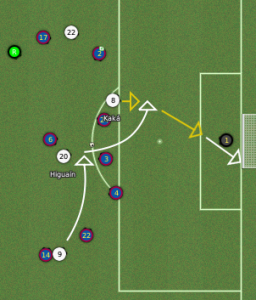
|
Changes during the match
Continuing my plan to keep things simple and avoid endless tweaking, my changes were minimal. Once two-nil up, I dragged the AMR back to MR to concentrate mainly on covering the wings defensively. To pre-empt Barcelona attacking hard, in the final 15 minutes I also dragged the AMC back to MC. Arbeloa’s sending off came too late to make a difference, but I brought off the MC for a right back to finish the game with a deep 4-4-1. Otherwise, the only other changes I planned to make were to make sure that I kept opposition instructions selected on their AML, AMR, DL and DR.
Success?
In this match, the theory worked a treat. But there are two caveats here. First, I had planned for this specific match all the way through pre-season. Yes, the plan worked out but would it work against all of the larger sides? Time will tell. Time will also be the judge about whether this strategy will work against smaller sides. I’m convinced it won’t, and indeed it will become the most difficult part of our tactical setup – finding a way to score goals against sides who don’t attack with a club built to play on the counter. Should be interesting.
The next article will look at just this issue. How do you attack smaller sides? For all of you who complain about tactical consistency, I will show you just how you can beat Barcelona one week and then lose to nobodies the next. Strap in and enjoy Real Madrid getting humiliated in the next instalment…
About The Author: Gareth Millward
Member of the FM-B Think Tank and one of the main authors and editors of FM-B’s tactical guides and e-books, Millie organises the content for the main site. He has a particular interest in the history of football tactics (probably because in real life he is an historian) and in recreating real-world football in the FM match engine.
Download Our Tactical Theorems '10 eBook Absolutely Free

Presenting the most comprehensive tactic design and match strategy guide to the Football Manager series ever created!
Written by FM match engine beta testers, it's 60+ pages of easy-to-read concepts and ideologies for getting your team playing exactly how you want each match! It's been downloaded over 100,000+ times to date!
Find out more information about our tactical eBook
and download Tactical Theorems '10 right now!
Written by FM match engine beta testers, it's 60+ pages of easy-to-read concepts and ideologies for getting your team playing exactly how you want each match! It's been downloaded over 100,000+ times to date!
and download Tactical Theorems '10 right now!

